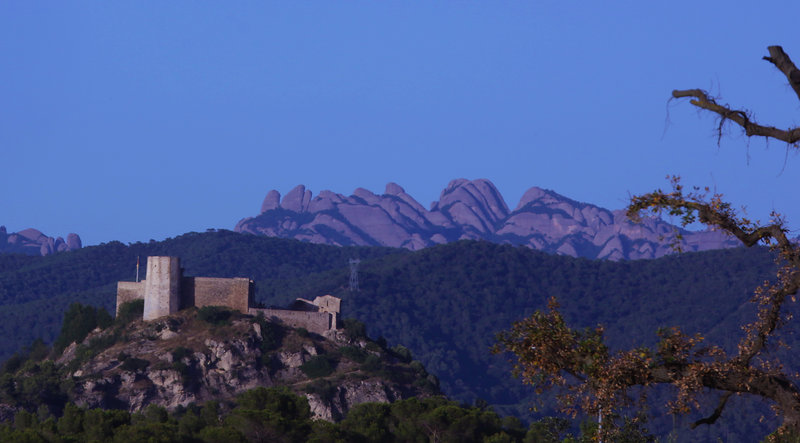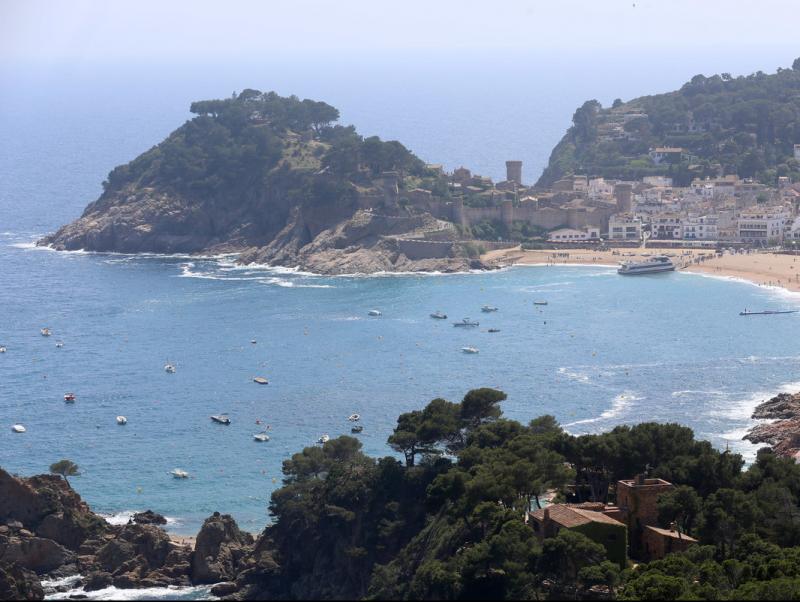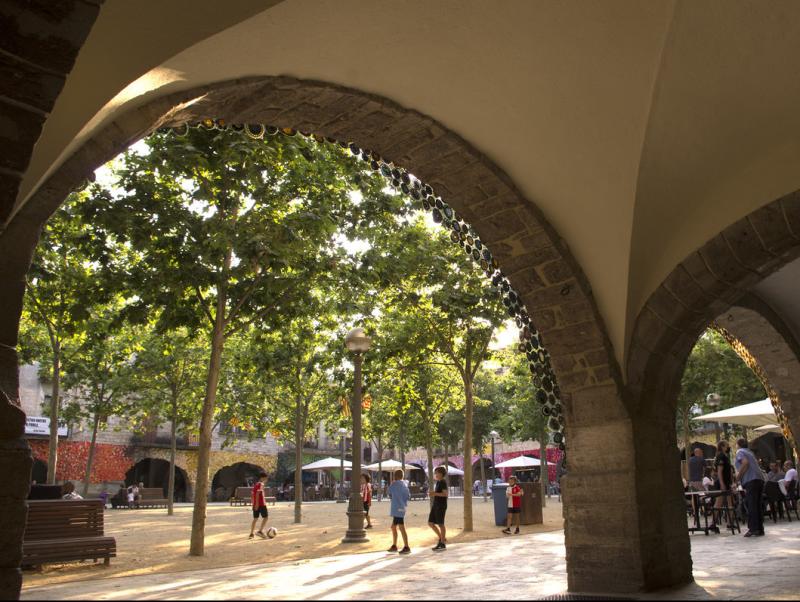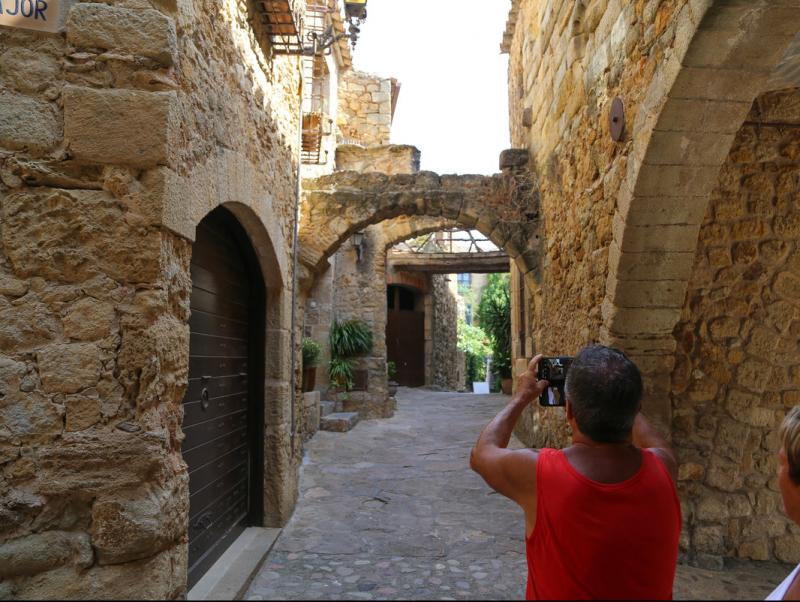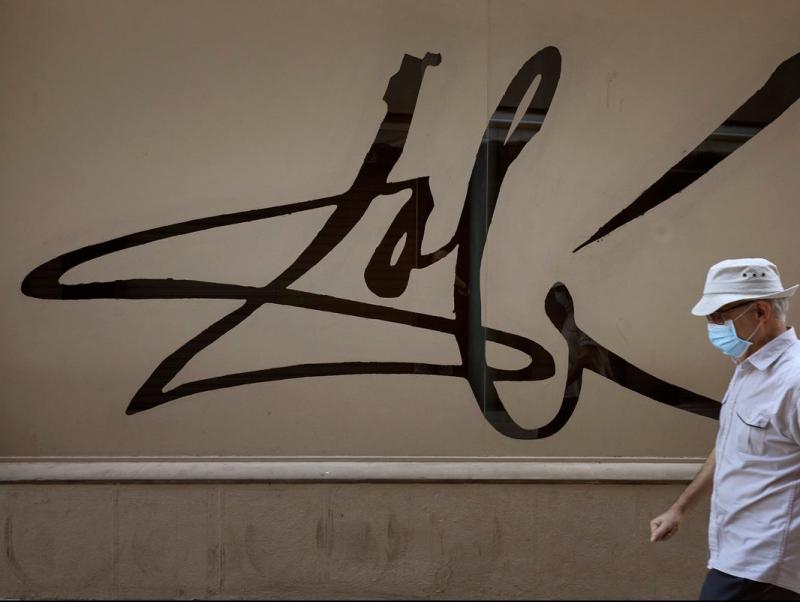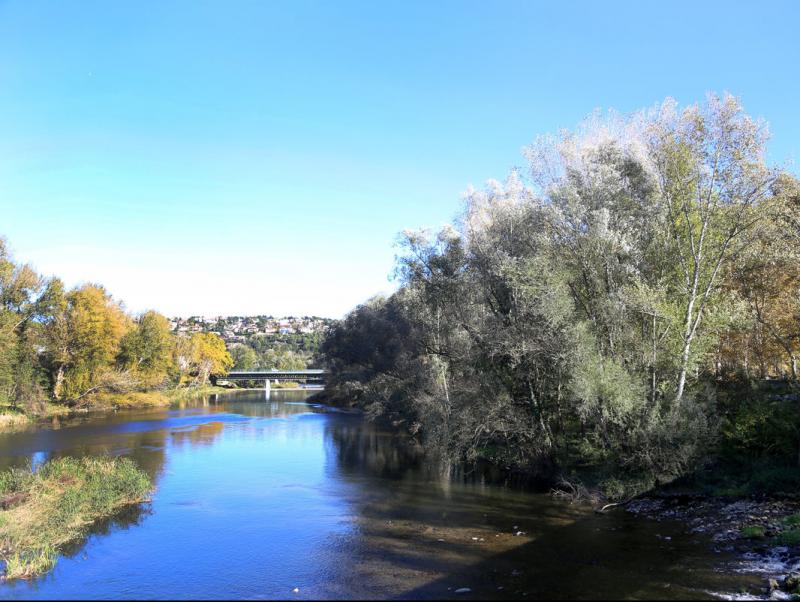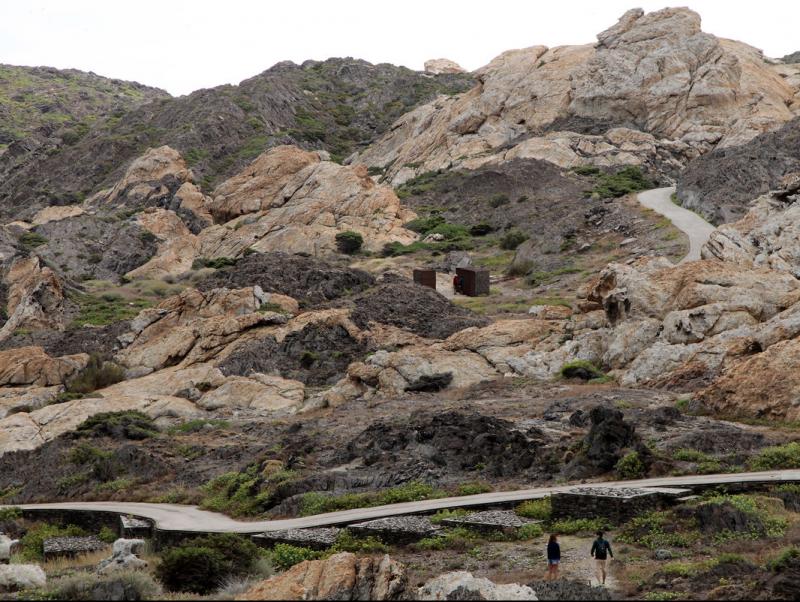Anoia, land of castles and waterfalls
Anoia is a region of contrasts and nuances but largely remains unknown. Alta Anoia is a plateau of thick fog dominated by intense green in spring and the yellow of ripe cereals in summer, the Òdena basin is a large circular depression with fertile fields and lush woodland, and, to the south, there is Baixa Anoia, with its Mediterranean climate and extensive vineyards. It is a land of sharp beauty where small towns, local heritage, good food, and the friendliness of its people are enough to justify a visit.
We can start with the castles built when the area was a frontier and which for over a thousand years have dominated from on high. The castles of La Pobla de Claramunt, Montbui, Piera – also known as the castle of Jaume I – Jorba, Queralt and Orpí exist among other minor strongholds that reveal the region’s long historical past. This was once a land of conquest that still has Gothic crosses that mark the boundaries of parishes and properties, as well as grand monasteries such as the priory of Santa Maria or the basilica of Igualada.
Amid nature
Yet Anoia also has natural features that will delight the visitor, such as the Fou de Tous, where humid woods and natural pools and cascades make an oasis in the arid landscape. Nor is it the only one of its kind in the area, as Santa Càndia, Cabrera d’Anoia or Copons also feature gorges and waterfalls as well as walks with the option to cool off in clean, natural water pools.
Meanwhile, if we visit Calaf on Saturdays we can visit its market made famous by 19th century Catalan writer Apel·les Mestres, and even during the week it is worth visiting the town to see its magnificent porticoed Plaça Major, which gives the main squares in nearby La Llacuna and Igualada a run for their money.
For those who like to walk, the region also offers a series of attractive itineraries, such as the routes that retrace the battles of Prats de Rei and El Bruc and which pass through the mountains of Miralles-Queralt and Ancosa-Montagut.
There are also the Camins de Paper, which are a series of itineraries centered around the town of Capellades and its long-standing relationship with the paper making industry. To learn more about that legacy there is the Paper Mill Museum.
Last but not least, there is the Abric Romaní, one of Catalonia’s major archaeological sites, and the Esgavellats, a singular natural place near Vilanova del Camí that is of great botanical interest.
History of leather
Cal Boyer, a 19th century textile factory, and the old tannery of Cal Granotes are home to the Igualada and Anoia Regional Leather Museum. This museum exclusively devoted to leather is the only one of its kind on the Iberian Peninsula and is the third largest in Europe. Here the visitor can discover everything about the process of tanning and manufacturing leather and learn about the industrial machinery and materials used.

